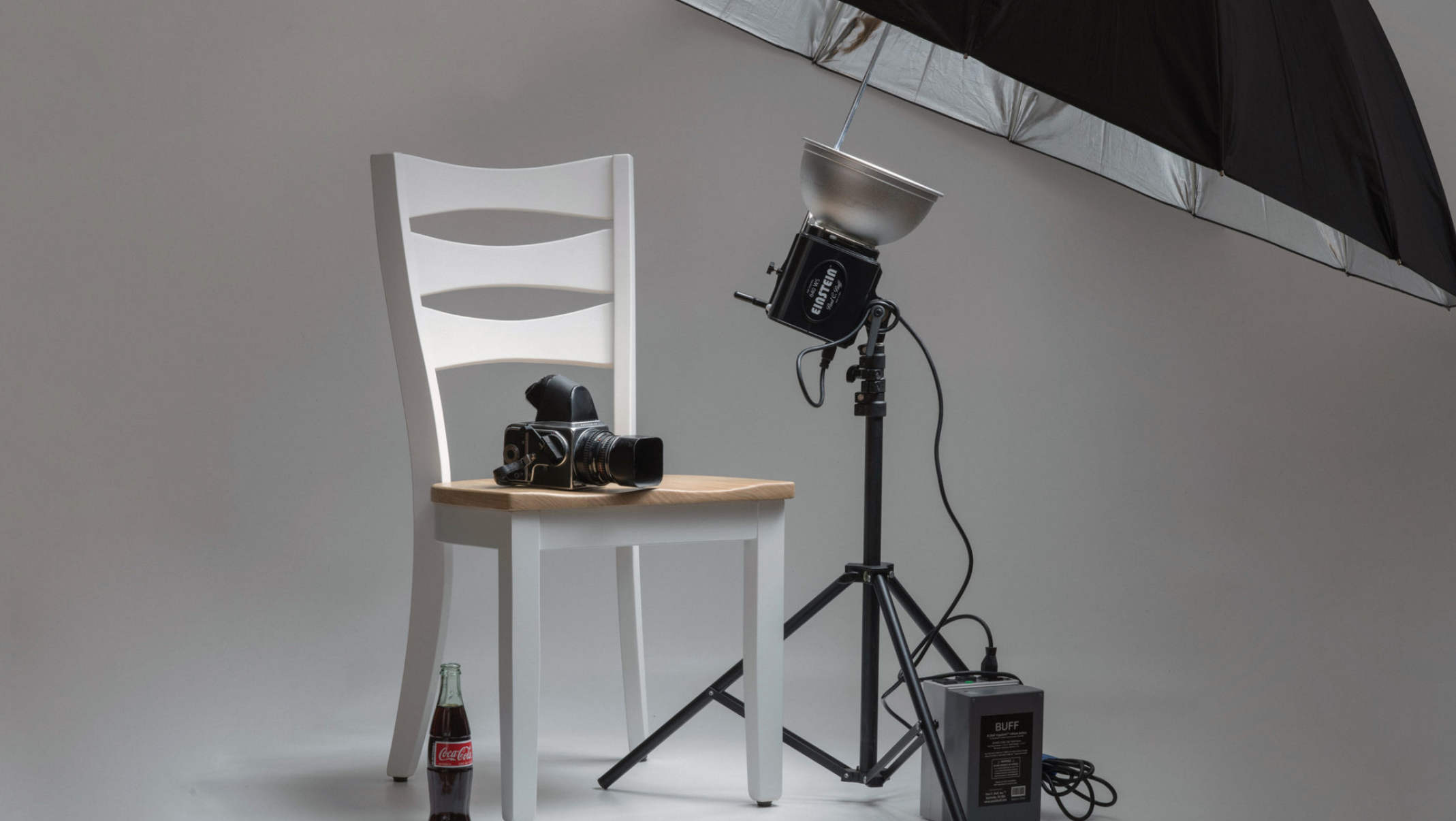10 Steps for Creative Project Documentation
Ask yourself, why do you want to document your creative projects? What will you achieve? Where do you want to go with it? What will you get out of it professionally?
Documenting creative projects for portfolio and social media purposes can be simple or complex. However, it can always be fun; it’s up to you how you want it to flow. Each graphic project has a creative essence that makes it unique, and through good planning, this reflects by highlighting their furthermost qualities.
Developing excellent documentation for your creative projects will allow, among many other things, to stimulate different kinds of skills and talents. It’ll strengthen your imagination, polish your way of working, make practical decisions to achieve optimal results, and cultivate your organization skills. Furthermore, this will open the door to obtaining other projects and clients, accessing a different type of creativity, and collaborating with people in colliding fields.
You can determine which creative process will help you document your projects through a structured methodology. Ask yourself, why do you want to document your creative projects? What will you achieve? Where do you want to go with it? What will you get out of it professionally? Based on these questions, you can draft each project’s essence and showcase it in your creative portfolio.
Like every creative process, you can have as many steps as fit. Here are the essential ten steps to remember to go from planning to publishing every project. These will help you achieve optimal results while showcasing your work in your portfolio and social media channels.
- Analyze the project you want to develop and its creative concept. Think about what will be the narrative you are going to communicate.
- Review all the visual and creative resources you have.
- Determine if there are any other elements you need to create to complement and get the best out of every project.
- Have a brainstorming session and take note of everything you consider relevant, from the general mood of the project, style of light and shadow, set compositions, use of props, models, etc. This is a great moment to use creative references.
- Sketching is critical; these ideas will always help you have a clearer picture of what you want to achieve. Don’t worry if drawing or sketching is not your forte; it’s only for reference. Sketching every scene will make the photo session go by a lot smoother.
- Make a list of everything you need or buy to carry out the photographic session.
- The time has come! While the shooting session is on, prepare the set and photograph each idea or scene as you planned it. Don’t worry if it doesn’t turn out perfectly. In these cases, you can always play around to improve the ideas. Try different arrangements and shooting angles and add or subtract elements within each composition.
- Select the photographs you liked the most; together, they should express the original idea and narrative of the project.
- Make the necessary edits with photographic software to polish the last few details. Here you can even out the colors and amend the flaws.
- Publish your project on different creative platforms and social networks to increase awareness.
Once you understand the process for the documentation, you might be asking yourself: Which projects should I choose? You can always start by reviewing the creative projects you have developed and categorizing them.
– By industry/style: identify those projects that help you cover more markets in your portfolio.
– By versatility: try to imbue your creative stamp as you highlight the attributes of each project.
– By resources: consider the projects that you feel are more attractive and have more graphic elements, seem more creative, or have more visual aids. This will smooth the process and create richer results.
Don’t forget to practice, practice, practice! There is no better way to polish and improve your creative documentation process and portfolio than practice. This will help you add or discard steps to make it more efficient and reach an optimal level in your approach, leading to outstanding results.



